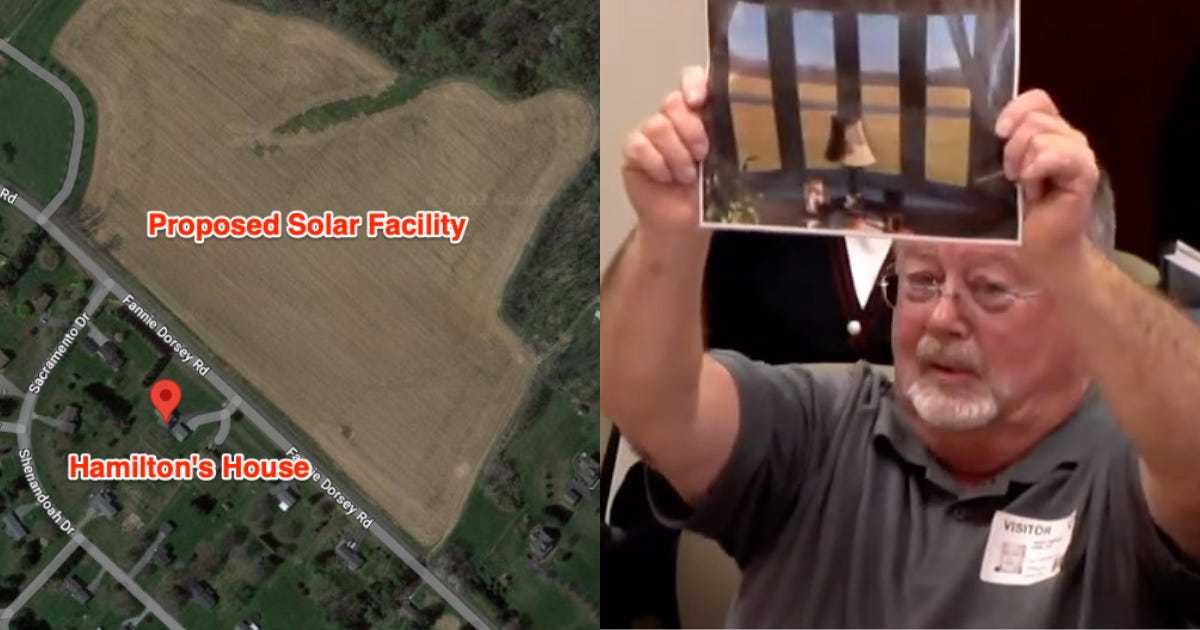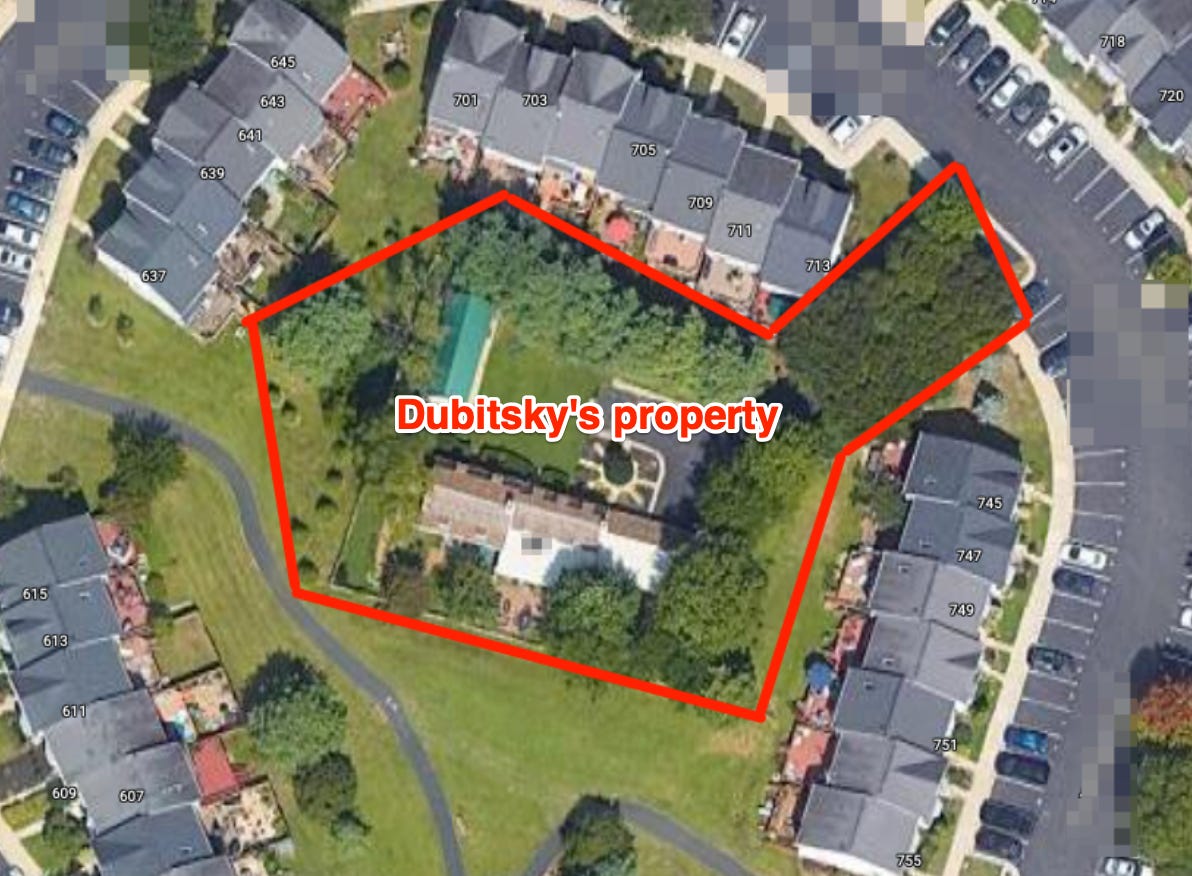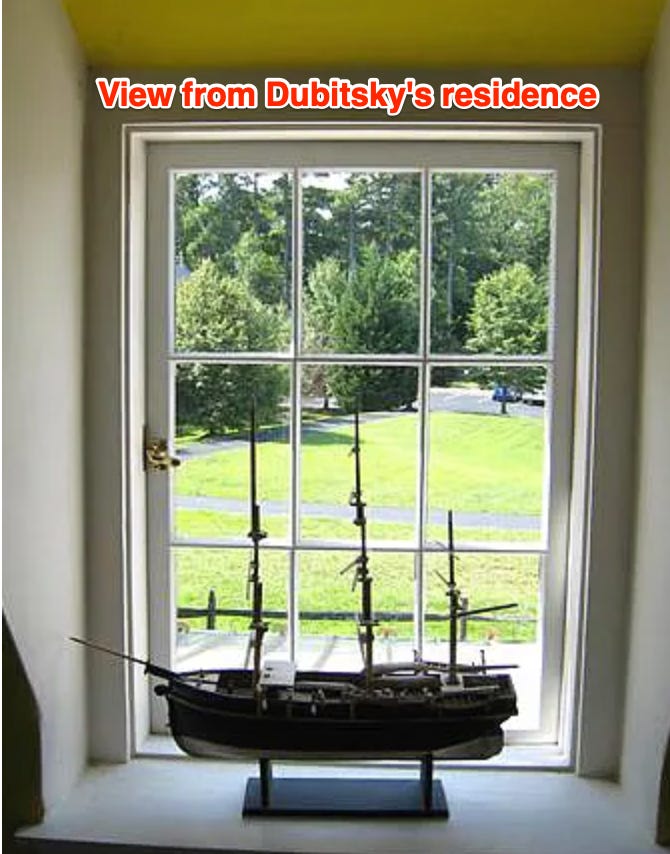Muckraker: This Annapolis lobbyist wants more Industrial Solar in Carroll’s communities
This article brought to you by Maryland Muckraker.
When Wes Moore was elected Governor of Maryland, the Maryland Land & Liberty Coalition congratulated him, saying they look forward to working with him to bring “clean energy and economic opportunity to all areas of our great state”.
Now, a lobbyist from the “center-right” group that supports “property rights” and “renewable energy” is appearing in Carroll, testifying before the Commissioners, asking that they allow agricultural property owners to build industrial solar facilities on their land, much to the frustration of many local residents who maintain that preserving community culture and nearby home values should come before government incentivized revenue generation via solar.
Annapolis comes to Westminster
The lobbyist representing the Maryland Land & Liberty coalition is Adam Dubitsky, an Annapolis man who runs his own government affairs agency, and was previously former Governor Larry Hogan’s policy director. He spoke to Carroll’s Commissioners last week, arguing against a potentially coming pause on community solar projects in residential and agricultural areas.
He said allowing the community solar projects to go through “protects property rights” and “safeguards the wellbeing of farm families”, before stating that the greatest threat to Carroll’s agricultural lifestyle is not solar, but commercial and residential overdevelopment, a sidestep revealing a semi-truth, bringing back to mind how Commissioner Ed Rothstein’s re-election campaign was funded overwhelmingly by property developers, one of whom is the man behind the Eldersburg Commons shopping mall with the Walmart and Chipotle, just a stone’s throw away from Carrolltowne Village, a section 8 housing community.
Solar profits and farmland views
Dubitsky explained that Maryland farms producing crops profit between $150-$620 per acre, while farms producing solar energy profit between $800-$3000 per acre. Plus, for farms producing solar, the government has built in protections against inflation, where the payout rate increases automatically if the consumer price index rises – the sort of safety net offered only to those participating in the government’s preferred industries, of which solar is certainly one, especially in Maryland.
Dubitsky concluded his remarks, saying there is “no evidence” that solar industrial facilities reduce nearby home values, before directly rebutting those citizens who’ve said they cherish their views of fields and farmland, saying those farms are “not props” like “actors in Colonial Williamsburg”, but rather are small businesses whose purpose is to generate income.
One man concerned about his view is Mark Hamilton, who has lived on Fannie Dorsey road with his wife for nearly forty years, right across from where one of the industrial solar facilities is being proposed. Hamilton said the solar facility would be an “insult”, and that they belong in industrial areas, not residential and agricultural ones. He said he just wants to live out his remaining days with his front porch view the same as it’s been for decades.

Front porch looks for Kiler and Dubitsky
In response to public comment like Hamilton’s, Commissioner Ken Kiler acknowledged that he would not want a solar industrial facility right outside of his own home, saying: “I wouldn’t want a 20-acre solar farm 150 foot from our front door, I do know that” — which if nothing else is an effort at candor and empathy for those who would indeed suffer real consequences.
But what of Dubitsky’s front porch view in Annapolis? Realtor.com shows his is a peculiar residence, a single family home built in 1765, valued at $700,000, but completely encircled by town-homes worth some $250K less. Obstructing his view of those townhomes is a tree-line that traces the border of his property, so that when he looks out of his window, it is trees he sees, not townhomes, or solar industrial facilities for that matter.
To be clear, this is not to charge Dubitsky as a hypocrite, but it is to recognize a degree of brazenness. Someone outside entering into a local mix of the powerful and the powerless to sway things in a certain direction, where real consequences will be borne one way or another, and for what, ideals? No. Loose money? Yes.
As for Hamilton, suppose it could be said that if he wanted to secure his views for a lifetime, he should have bought up all the property within eye sight. But it is fair to have a reasonable expectation of fundamental sameness when purchasing into an area. Whether that expectation will be breached remains to be seen.






